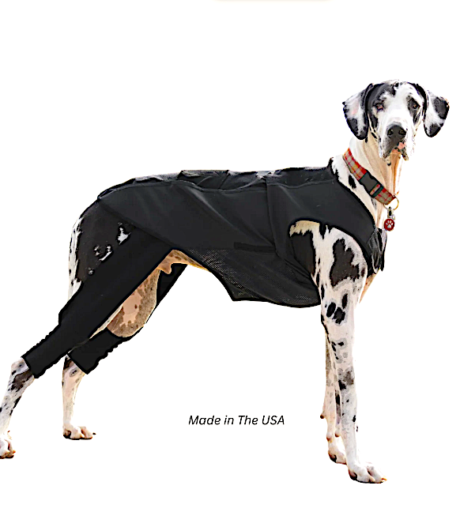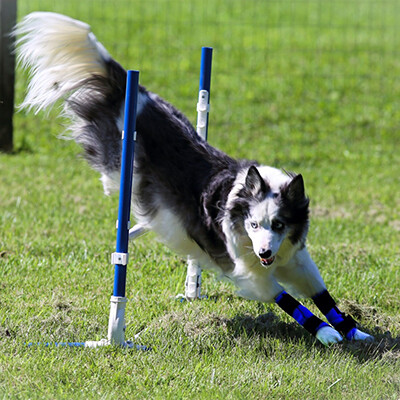VitalVet
- SHOP BY DIAGNOSIS
“If you love and care for pets, at some point most of us will help them through mobility challenges related to accident, illness, or age. Unfortunately, the web is filled with untrustworthy pet health information to guide us, so it’s nice to have Vital Vet as one of our trusted partners in the journey.”
– Rene Agredano & Jim Nelson, co-founders, Tripawds.com
COURSE Equine Massage
certification course in equine myo-manipulative functional therapy
COURSE Cold Laser Therapy for Pets
pet parents learn how/when to use Class 3 and red light therapy
Anti-Itch/Chafing Powder: for leg braces and boots
use inside leg braces and dog boots to reduce redness, irritation, and itching
Foam Padding: for leg braces and boots
apply inside leg braces and dog boots to reduce pressure and protect the dew claw or injured areas
Carpo-Flex-X
customizable brace with stability straps and moderate+ support – for the front leg/wrist
Carpo-Flex Sports Wrap
customizable and flexible brace with light support – for the front leg/wrist
Carpo-Flex-X Mini
customizable brace with stability straps and moderate+ support – for the front leg/wrist of small pets
COURSE Kinesiology Taping for Dogs
learn kinesiology taping techniques to help improve stability and function
COURSE Canine Kinesiology Taping
certification course in taping for improved stability and performance
COURSE Animal Cold Laser Therapy
certification course in laser therapy for small animals and horses

























